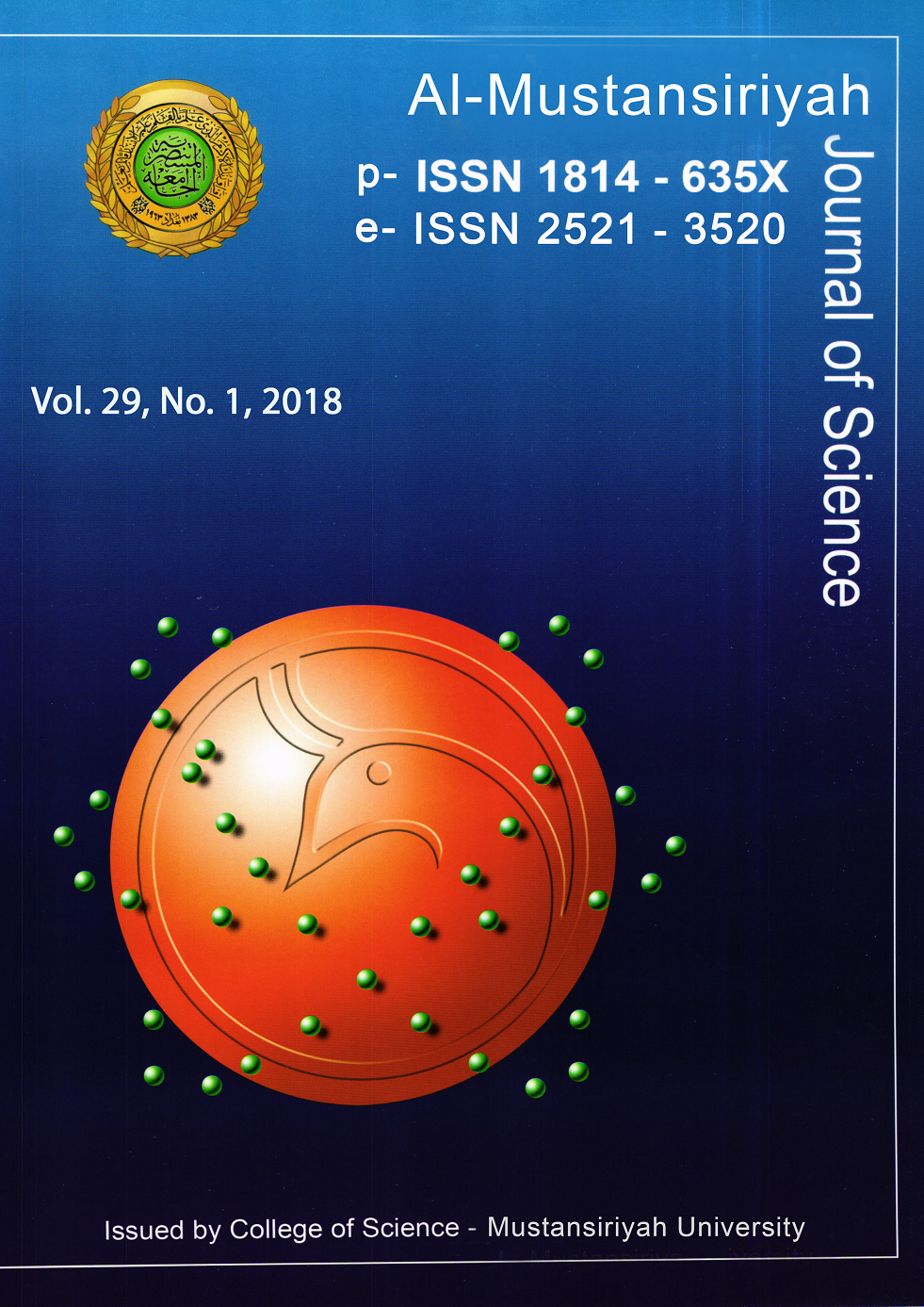Effect of Increasing Population Density on Air Temperature for Baghdad City
DOI:
https://doi.org/10.23851/mjs.v29i1.145Keywords:
Temperatures estimates, population density, Baghdad city, general trendAbstract
Air temperature is considered one of the important atmosphere elements because of its wide effects on the climate variables and climate system, besides its effects on the human life. This research aims at estimating increasing of air temperature in both of city center and rural side based on increasing of population in city center and more less than rural side. The sources of data come from two stations; the Baghdad International Airport station of the General Authority for Meteorology and Seismic Monitoring, and the station of the Department of Atmospheric Sciences affiliated to the Faculty of Science, University of Mustansiriyah. Supported data are monthly average for mean air temperature. Results showed that there was a strong tendency for a temperature increasing during July and October. The effect of population density on the temperature was clear and significance. Where the difference between the two stations after the addition of the impact for October was 7.4oC.
Downloads
References
LI, S.F., Da-Bang, J., Yi, L., and Yao-Xian. Y. 2017: Trends in day-to-day variability of surface air temperature in China during 1961–2012, Atmospheric and Oceanic Science Letters, Vol. 10, N.2, p. 122-129.
Bilal, D. A., Kais J. A., and Enas A.H., 2013: Air temperature trends in Baghdad, Iraq for the period 1941-2000. International Journal of Scientific and Research Publications, Vol. 3, No. 9, p. 1-5.
Ministry of Planning, Central Statistical Organization.
Khatib and Alami, 2013: The Comprehensive Development of the city of Baghdad in 2030; part 2, Baghdad Municipality, Baghdad, Iraq, pp. 302.
Ministry of Transport, the Iraqi Meteorological Organization, and Seismology, Climate Section, Climate Data for Baghdad Governorate, 1982- 2015, unpublished data.
Ministry of Higher Education and Scientific Research, Al-Mustansiriyah University, College of Science, Atmospheric sciences department station, 2007- 2015, unpublished data.
United States Geological Survey's https://earthexplorer.usgs.gov/
Lutfi, S., 2008: Demographic projection in Iraq from (1997- 2007) by using the demography program (spectrum). Technical Journal, Vol. 21, P. 109– 127.
Dawood, H.S., 2010: Spatial variation of the rates of population growth in Iraq for the period 1977 to 2007. Journal Art. Vol. 98, P. 317–354.
Oke, T. R., 1987: Boundary layer climates. 2nd ed. London, pp. 435.
Oke, T.R. 1973: City size and the urban heat island. Atmospheric Environment, Vol. 7, P. 769-779.
What is the "Best Fitting Line"? https://onlinecourses.science.psu.edu/stat501/node/12
Downloads
Key Dates
Published
Issue
Section
License
Copyright (c) 2018 Al-Mustansiriyah Journal of Science

This work is licensed under a Creative Commons Attribution-NonCommercial 4.0 International License.
(Starting May 5, 2024) Authors retain copyright and grant the journal right of first publication with the work simultaneously licensed under a Creative Commons Attribution (CC-BY) 4.0 License that allows others to share the work with an acknowledgement of the work’s authorship and initial publication in this journal.






















